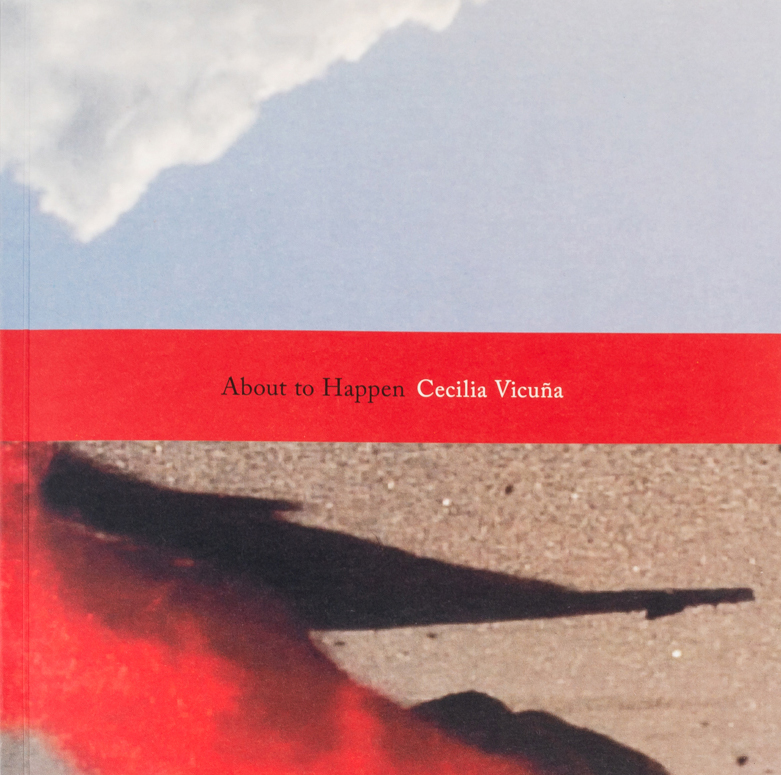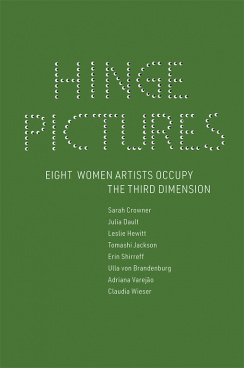On the Violence of the ArchiveJ. Mae Barizo
the improbable, 09/25/22
Originally published in The Improbable, No. 2: Time Is Elastic, Siglio, 2020. All rights reserved. © 2020 J. Mae Barizo. Reproduced with permission.
What is lost as archives shift from analog to digital? Is there an aura of authenticity that is lost, either real or imagined? Maybe it is the haptical experience of discovery that we’ve forfeited: the smell of mildewed papers, the anechoic silence of a special collections library, white gloves against the glass. Contemplating artifacts online in the digital archives of the American Museum of Natural History (AMNH) made me think of the way we, as artists, capture, and how my ancestors were captured in both the literal and metaphorical sense.
When I write of digital artifacts I am thinking of my collaboration with Tlingit artist Jackson Polys. We’ve been having an ongoing discussion for almost a decade, a way of interrogating our ancestors’ experience with colonization—Polys as a Tlingit native, and myself as a child of immigrants from the Philippines, which was under colonial rule by both Spain and the United States. More broadly, our collaboration centers around the fact of existing as brown and thus othered bodies in a world that so often thinks in binaries.
On my iPhone, a list of digital artifacts Polys and I send to each other:
—A photo of a diamond quilt poem by Lakota poet Layli Long Soldier
—A mute video of my sister in a remote Philippine village, introducing me in Tagalog to a ten-year old Manide child
—A photo of a yellow bird I captured, its death pose illuminated by sun
—Screen shot of the Merriam Webster definition of anamnesis
—A phrase I circled from Derrida’s Archive Fever: “What is at issue here, starting with the exergue, is the violence of the archive itself, as archive, as archival violence”1
The archive, from the Greek arkheion (initally a house, a domicile, an address) has always been situated in a privileged space: the museum hall, the landmarked building, the institution. And now the archive lies in flux; ambushed in the in-between space that is forged between the public and the private, at once hovering between appearance and disappearance. I am thinking particularly of the over 5000 objects from the Tlingit that are housed in the vaults of the AMNH, sacred objects that can neither circulate nor be seen by the communities from which they were taken. Or the head baskets and acacia bowls that anthropologist Frederick Starr took from Igorot villages in the Philippines that seem to have no magical aura except for the fact that a white man took them from a tribe and stamped monetary value on them—the very same baskets and bowls I can buy on a street corner in Manila for a quarter. What magic did he see in them as he passed through those tribes like a white ghost, taking their baskets with him?
Where are the objects beyond value? That are not tied to systems of currency and extraction? I think of artifacts to be something other than these equations. The untouched, uncirculated artifacts in the basement of the AMNH have a value that supercedes the monetary; museums and forces of whiteness cannot define them, yet they cannot be ignored.
Polys’s work with New Red Order, a collaborative collective whose work has been featured at Sundance and Whitney Biennial, among others, interrogates the idea of “capturing” culture through video and 3D photogrammetric scans. These kinds of digital capture take back indigenous artifacts from the museum, a step towards rectifying the violence committed in order to build museum archives. Their art works as a hybrid form, blurring the traditional boundaries between artistic media such as film, sculpture, performance. In The Violence of a Civilization Without Secrets, the filmmakers wander through the Northwest Coast Hall of the AMNH, recreating the poses of clay mannequins, photographing the objects on display. The museum texts states that Tlingits took captives, while the museum possesses Tlingit ceremonial objects and regalia.
I watch The Violence of a Civilization Without Secrets on a password protected Vimeo channel; I swipe through the photos of New Red Order’s Toronto Biennial exhibit on my iPhone. The movement and recapturing of archives into public form, that Jacques Derrida predicted in Archive Fever, shifts artifacts into public forms—think of YouTube, Vimeo, our quotidian iMessages—that are open to individual construction, maintenance, and control.
There is a hybridity in this returning to archival pasts. In postcolonial theory, hybridity commonly refers to the creation of transcultural forms within the zone produced by colonization; in horti-culture, as the cross-breeding of two species by grafting or crosspollination. Hybridization can take linguistic, cultural, political, racial, artistic forms. I like to think of hybridity as a multivocal narrative, a polyphony of voices. We as colonial subjects are located in a hybrid place, our identities formed in a space of iteration and translation by the colonizer. This mode of translation, one that is enacted in the colonizer’s language, is not enough; we need to think about the violation this blur of identity entails, how it can also ruin and obscure.
“Whiteness is what the institution is centred around,” writes Sarah Ahmed in On Being Included, “Even bodies that do not appear white still have to inhabit whiteness.”2
I think of my mother’s maiden name. A name given to one of my female ancestors by a Spanish priest because she was his favorite concubine. How can we manifest ourselves if even our very names speak of our white ghosts?
Let us take back then, our archives. A future-oriented representation that rejects moving in a single linear direction, reorienting us out of romanticized and subjugated pasts. Christopher Bracken: “Do not pretend then that the philosophy of language is not a racial project.”3 Let us language ourselves, pushing radically into a future tense,4 into the infinite present-future where we can rewrite our own dictionaries, rename. Thinking about who is captive and what has been captured as a way of thinking through power; a complex intersectionality that webs its way into the future.
Bodies can be meeting points. Bodies as artifact. Brown bodies. Proof that we survive.
footnotes
- Jacques Derrida, Archive Fever (University of Chicago Press, 1998)
- Sarah Ahmed, On Being Included (Duke University Press Books, 2012)
- Christopher Bracken, Magical Criticism (University of Chicago Press, 2007)
- Anne Spice, “Give Us Our Knives,” Shift, Issue 11
about the author
Born in Toronto, J. Mae Barizo is the author of The Cumulus Effect. A poet, critic, and performer, she has recently published work in Poetry, AGNI, Ploughshares, Bookforum, Boston Review, and the Los Angeles Review of Books. She teaches hybridity and Transdisciplinary Studies at Pratt Institute and the New School and lives in New York.
see also
Books
About to HappenEssays by Andrea Andersson, Lucy Lippard and Macarena Gómez-Barris and an interview by Julia Bryan-Wilson

Books
Hinge PicturesEight Women Artists Occupy the Third DimensionWorks by Sarah Crowner, Julia Dault, Leslie Hewitt, Tomashi Jackson, Erin Shirreff, Ulla Von Brandenburg, Adriana Varejão and Claudia Weiser, and essays by Andrea Andersson and Alex Klein

✼ ex libris:
What’s going to happen in the next four years? A 1600+ page cautionary tale… Clearly, not enough people are reading anymore.
[...]